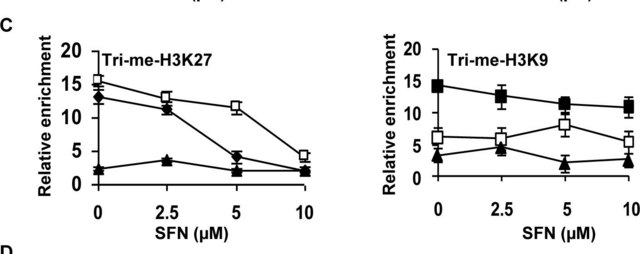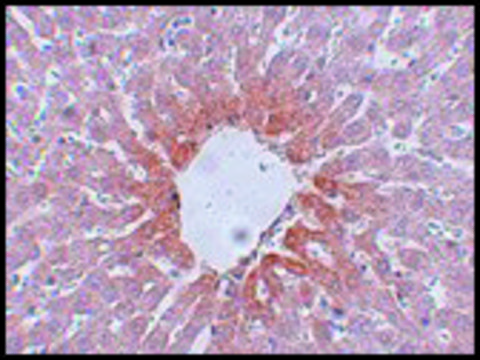AB15554
Anti-AT2 Receptor Antibody
Chemicon®, from rabbit
Synonym(s):
Angiotensin II receptory type 2, AGTR2
About This Item
Recommended Products
biological source
rabbit
Quality Level
antibody form
affinity isolated antibody
antibody product type
primary antibodies
clone
polyclonal
purified by
affinity chromatography
species reactivity
mouse, rat
should not react with
human
manufacturer/tradename
Chemicon®
technique(s)
western blot: suitable
1 of 4
This Item | SAB3500098 | AB15552 | SAB3500209 |
|---|---|---|---|
| biological source rabbit | biological source rabbit | biological source rabbit | biological source rabbit |
| Quality Level 100 | Quality Level 100 | Quality Level 100 | Quality Level 100 |
| antibody form affinity isolated antibody | antibody form affinity isolated antibody | antibody form affinity isolated antibody | antibody form affinity isolated antibody |
| Gene Information human ... AGTR2(186) | Gene Information human ... AGTR2(186) | Gene Information human ... AGTR1(185) | Gene Information human ... AGTR1(185) |
| technique(s) western blot: suitable | technique(s) immunohistochemistry: suitable, indirect ELISA: suitable, western blot: suitable | technique(s) flow cytometry: suitable, immunocytochemistry: suitable, immunohistochemistry: suitable, western blot: suitable | technique(s) immunofluorescence: suitable, immunohistochemistry: suitable, indirect ELISA: suitable, western blot: suitable |
| species reactivity mouse, rat | species reactivity rat, mouse, human | species reactivity mouse, rat, human | species reactivity rat, human, mouse |
Specificity
Immunogen
Application
Dilutions should be made using a carrier protein such as BSA (1-3%).
Optimal working dilutions must be determined by the end user.
Physical form
Legal Information
Not finding the right product?
Try our Product Selector Tool.
hcodes
pcodes
Hazard Classifications
Aquatic Chronic 3
Storage Class
11 - Combustible Solids
wgk_germany
WGK 3
Certificates of Analysis (COA)
Search for Certificates of Analysis (COA) by entering the products Lot/Batch Number. Lot and Batch Numbers can be found on a product’s label following the words ‘Lot’ or ‘Batch’.
Already Own This Product?
Find documentation for the products that you have recently purchased in the Document Library.
Our team of scientists has experience in all areas of research including Life Science, Material Science, Chemical Synthesis, Chromatography, Analytical and many others.
Contact Technical Service











